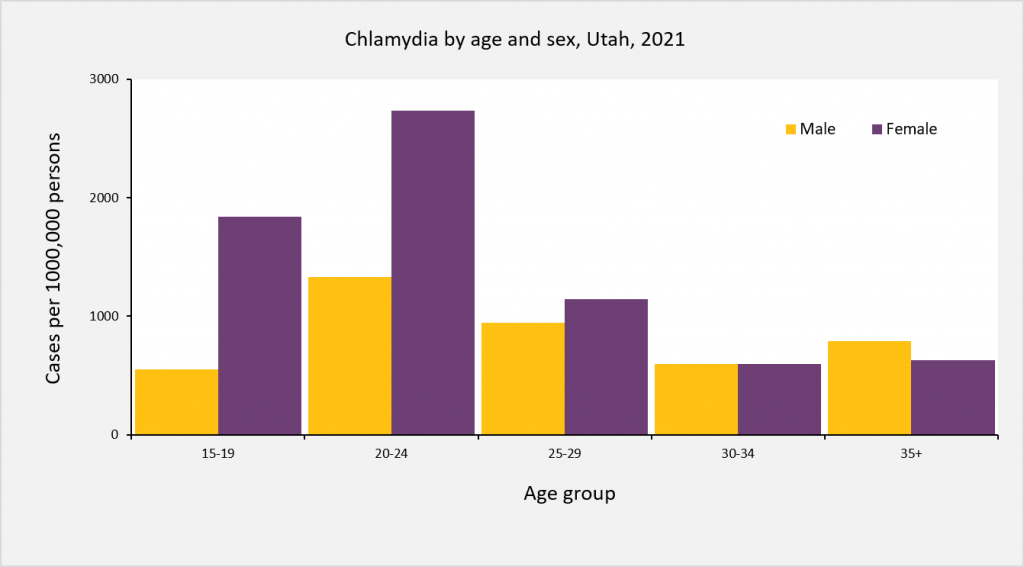Parents
Although parenting can be fun and incredibly rewarding, it isn’t always easy. Talking about sexual health and the risks associated with it can be difficult, or at the very least uncomfortable. That’s why we here to arm you with facts and prevention techniques so there’s never a question you can’t answer. Even if you don’t think your child is sexually active, it is important to give them access to as much information regarding sexually transmitted infections (STIs) and other sexual health topics as you can. As uncomfortable as this may be for both of you, your child will thank you.
Education for parents
A one hour virtual course titled “It’s that easy” is offered to Utah parents at no cost and is designed to help parents learn how to incorporate conversations about sexual health into their families. Participants will get a variety of tools to help them connect with their children, share their family’s values, and engage in meaningful conversations about sex, sexuality, and relationships.
View our available classes here!

Teens and young adults are at higher risk
Did you know 15-24 year olds account for half of all new STI infections? Teens and young adults have unique circumstances that put them at a higher risk. Take a moment to review theopens in a new tab CDC fact sheet: information for teens and young adults to learn more about the unique risks faced by this population.
Utah STI statistics

- Chlamydia continues to be the leading STI in Utah and throughout the U.S.
- In 2021, 11,228 cases of chlamydia were reported and 58% of these cases were among persons between 15 and 24 years of age.
- Though much less common than chlamydia infections, gonorrhea continues to rapidly increase in Utah from 81 cases out of 100,000 people in 2017 to 109 cases out of 100,000 in 2021.
- From 2012-2021, gonorrhea rates in females increased 697% compared to 482% among males during these same years.


Educating your child
Education is the first and most important step of prevention. Seizing the opportunity to talk to your children about sexual health is invaluable. Do your research, familiarize yourself with this information, and talk to your kids about gonorrhea, chlamydia, and other STIs.